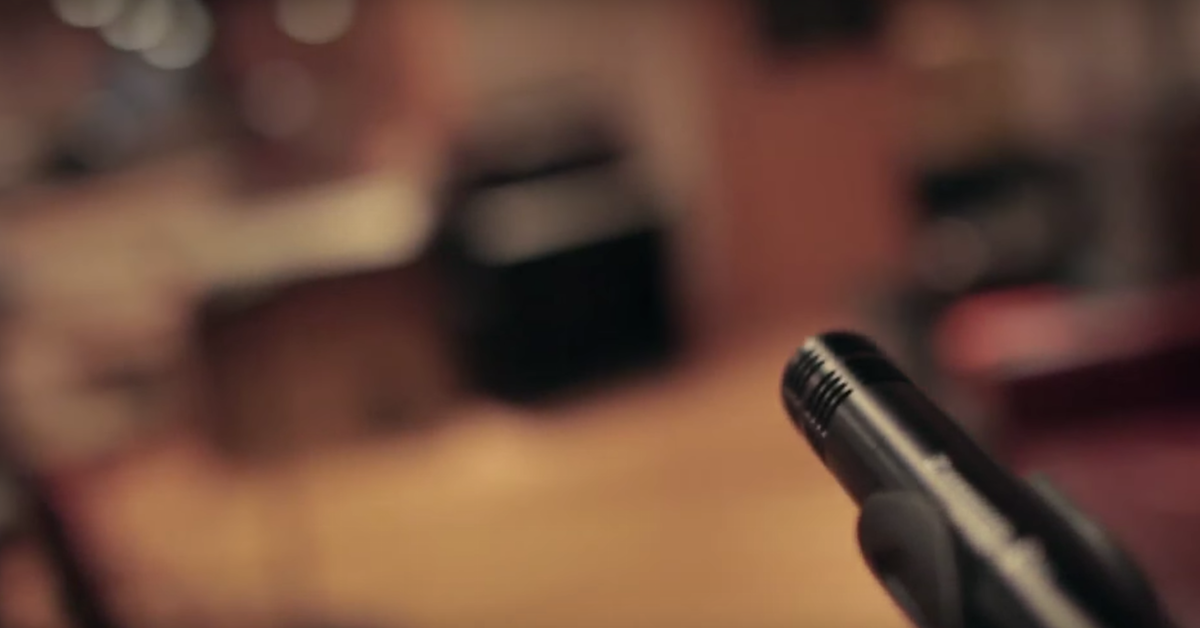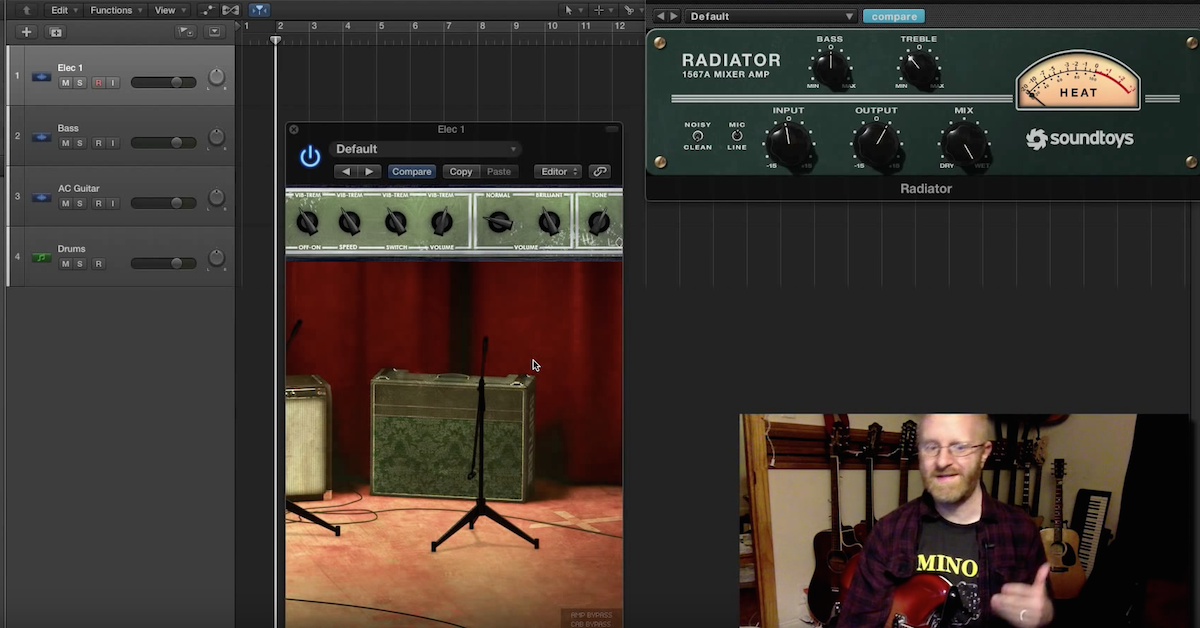5 Ways to Get the Most out of Recording in a One Room Studio
Article Content
Recording in a single room isn’t as bad as you’ve been told.
Here are a few tricks and things to think about that will help you get the most out of your one room set-up, both for working with bands as well as operating as a ‘one-man show’.
1. Reflection Filters and Sound Panels
In a one room set-up, you don’t have the luxury of walls separating your instruments when tracking live.
The next best thing in this scenario is to use sound panels (gobos) whenever you can.
Alternatively, reflection filters can reduce bleed quite well. While these are more popular with vocals, there’s nothing stopping you from using reflection filters when miking up a guitar cab for instance.
Some might argue that some bleed can make a positive impact on the captured music, but it’s all down to your preference and the style of music you’re going for.
2. Headphone Selection
Sounds like a no-brainer, but as you’ll be using headphones a lot in this kind of set-up, you’re going to want to know the benefits of the different types of headphones that are available. Generally speaking, if you’re tracking, you want to check out closed-back headphones. These isolate sound better than open-back solutions, so they’re ideal for recording in one room.
But let’s say you’re tracking a full band live and they’re pretty loud, you’ll probably struggle to hear what’s going on even with headphones that isolate really well. Since you’re not going to hear a true representation of how the band sounds, it would be worth asking the band to play a short section of their song, so you can quickly play it back to make sure you’re happy. You don’t want to press record and just hope for the best.
It’s hard to rely on headphones alone, so do everyone a favor and check a short clip of the band’s song before committing to your microphone placements etc.
You might also consider purchasing an A/B speaker switch to go between your monitors and headphones with ease.
3. Delay Trick
This is a neat little trick I sometimes use when miking my drums. If I add a delay plugin to my chain, I can hear exactly what the microphone is picking up a second later when I strike the drum. I find this trick saves so much time going back and forth to the desk just to press record or to hear back what you’ve recorded.
It’s arguably a more accurate method than hearing a real-time performance in the next room being played back, depending on how well the two rooms are sound-proofed.
You can add this to your master track to save the time adding it to each individual track. Alternatively, you can set a large buffer size to achieve the same effect.
Just make sure you use a really simple delay, one that doesn’t filter the sound or modulate it in any way.
4. Remote Apps
This one helps in any room set-up, but it’s something that is especially useful if you do everything yourself.
When I record drums, there’s nothing more frustrating and damaging to my creativity than having to walk back and forth to the desk to re-record a take.
Having a remote app on your phone or tablet can save you both time and unnecessary hassle when you’re recording away from the desk.
5. Stage Boxes
While its more or less a necessity to have patch bays/stage boxes in multi-room set-ups, people often forget that tidying up your cables in a single room can save you a lot of stress!
When everything is in one room, it’s easy for things to get a bit hectic and untidy. Having stage boxes patched into your interface can free up a lot of precious floor space. Place one near each main area of your room, near the kit, the amps, etc. — and have the cables travel around the walls of the studio instead of cutting across the middle of the room.
If you’re dealing with commercial services, tidying your cables also keeps your environment safe for clients.
Conclusion
So there’s just a few ways to get the most out of your one room set-up.
Some people actually prefer working this way as there are also some benefits over a multi-room set-up. Some clients prefer the direct communication they have with their producer/engineer as it can really enable creativity.
Once you streamline your workflow, you can actually save a lot of time having everything there with you at your disposal.





